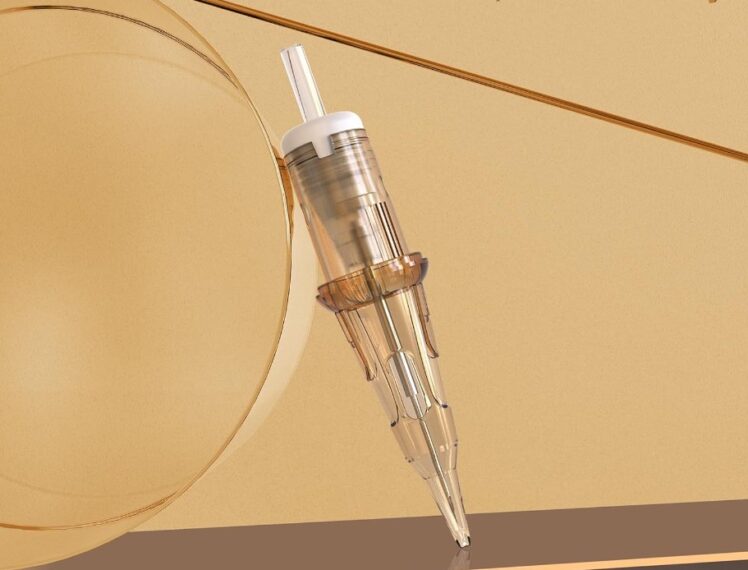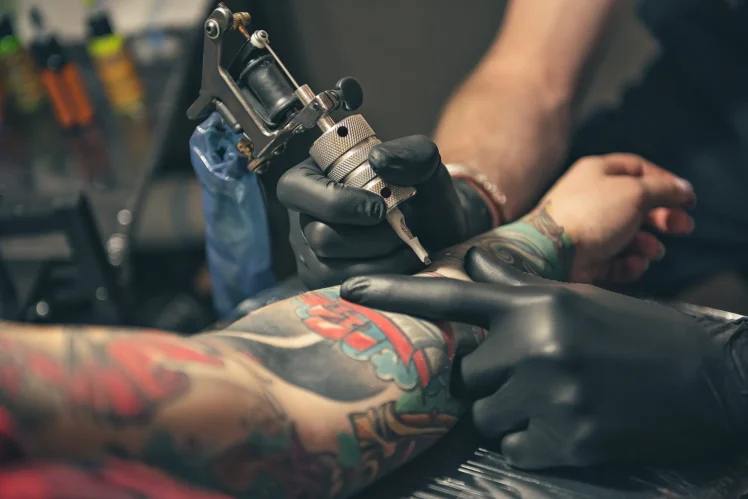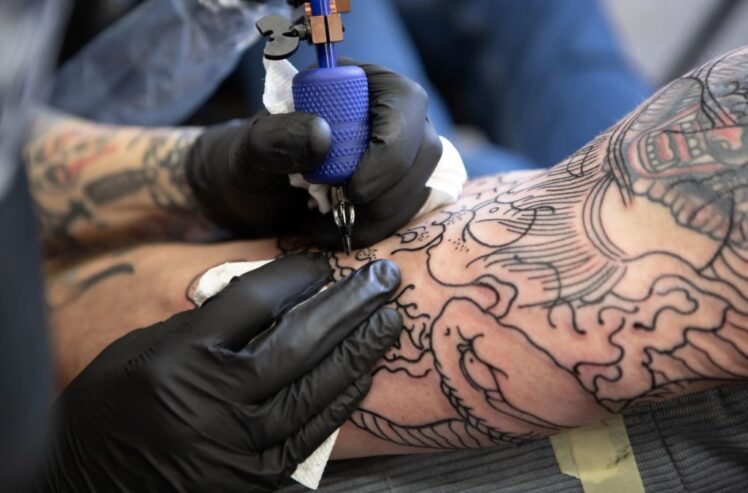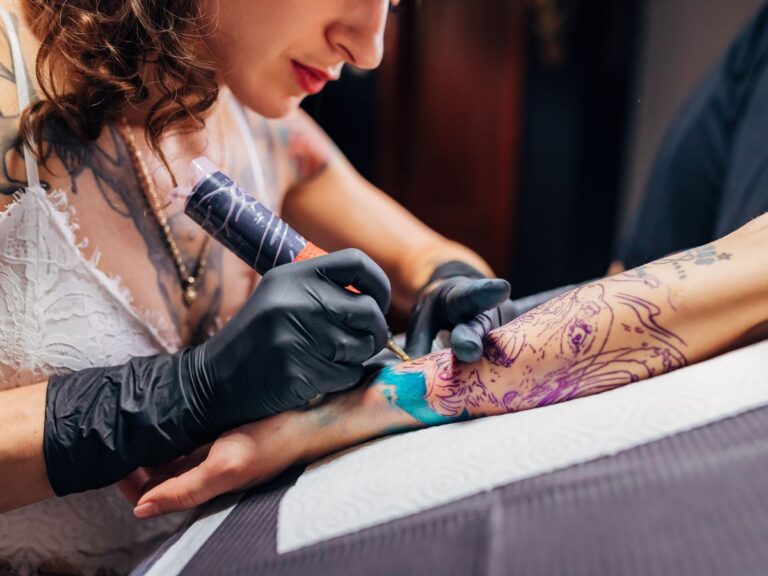Table of Contents
When deciding to get a tattoo, one of the primary concerns is the pain involved. Many factors influence how much a tattoo will hurt, and the type of needle used is one of them. Tattoo needles vary in size and shape, affecting how they deliver ink to your skin and the level of discomfort you might experience.
This pain can also vary greatly depending on the location of the tattoo, your pain threshold, and the length of your tattoo session.
For those looking to understand more about different tattoo needles and their effects on pain, you can explore a variety of options here at https://www.amazon.com/Tattoo-Cartridge-Needles-Assorted-Cartridges/dp/B0CR695NM2.
Understanding Tattoo Needles and Pain

Tattoo needles are not one-size-fits-all. They come in various configurations and sizes, each designed for specific tasks within the tattooing process. The most common types are liners, shaders, and magnums.
Liners are used to create fine lines with fewer needles that penetrate deeply but narrowly. Shaders have more needles to distribute ink over a larger surface area, and magnums are even larger and used primarily for coloring and shading.
The Impact of Needle Type on Pain
The type of needle can significantly affect how much a tattoo hurts. Liner needles, for instance, are often described as less painful despite their deeper penetration, because they are smaller and used quickly over the skin.
Magnum needles, which are used for shading, cover a larger area and tend to go deeper into the skin, potentially causing more pain. This is because they impact a larger surface area of the skin, which can increase the sensation of pain.
Single Needle Tattoos and Pain Perception
Single-needle tattoos are known for their fine and detailed work, often resulting in a distinct and delicate image. However, whether they hurt more or less than other types of tattoos is subjective.
Some people report that single-needle tattoos are less painful because of the finer point, while others find the repeated penetration over the same area to increase discomfort. The pain level can also depend on the specific location of the tattoo and the individual’s sensitivity in that area.
Pain Differences Based on Tattoo Placement

The location of your tattoo plays a crucial role in the level of pain you will experience. Areas with more nerve endings like the ribs, spine, and ankles tend to be more painful. Conversely, areas like the upper arm, back, and thighs, where there is more flesh and muscle, tend to be less sensitive.
The amount of bone and nerve endings in the area directly influences how much pain you feel during the tattoo process.
How Deep Does the Needle Go?
Understanding how deep the tattoo needle penetrates can also help manage expectations regarding pain. Unlike a medical shot, which goes deep into the muscle, a tattoo needle only penetrates about 1 to 2 millimeters into the skin, just below the epidermis into the dermis layer.
This is deep enough to ensure the tattoo’s permanence but not so deep as to involve muscles or bones directly, which is a common misconception.
How to Mitigate Tattoo Pain
Though pain is a part of the tattoo process, there are ways to mitigate it. Choosing an experienced tattoo artist can make a significant difference, as they are skilled in techniques that can minimize pain.
Additionally, staying hydrated, getting a good night’s sleep before your appointment, and avoiding alcohol or caffeine can help reduce sensitivity and improve your pain tolerance during the session.
Psychological Factors and Pain Perception

Psychological preparation can also play a vital role in managing pain. Understanding what to expect and coming mentally prepared can significantly affect your pain perception. Techniques such as deep breathing, bringing a friend for support, or distracting yourself with music or a movie can also help manage pain during the tattooing process.
Aftercare and Pain Management
Post-tattoo care is essential not only for the health and appearance of your tattoo but also for pain management. Proper aftercare can prevent infection and reduce prolonged discomfort. Following your artist’s advice on cleaning, moisturizing, and general care will ensure your tattoo heals properly and with minimal additional pain.
In conclusion, not all tattoo needles hurt the same. The type of needle, the skill of the artist, the location of the tattoo, and your preparation and aftercare all play crucial roles in the amount of pain you will experience.
By understanding these factors, you can better prepare for your next tattoo and manage your expectations regarding pain. Whether it’s your first tattoo or your next, knowledge is the key to a more comfortable tattooing experience.

